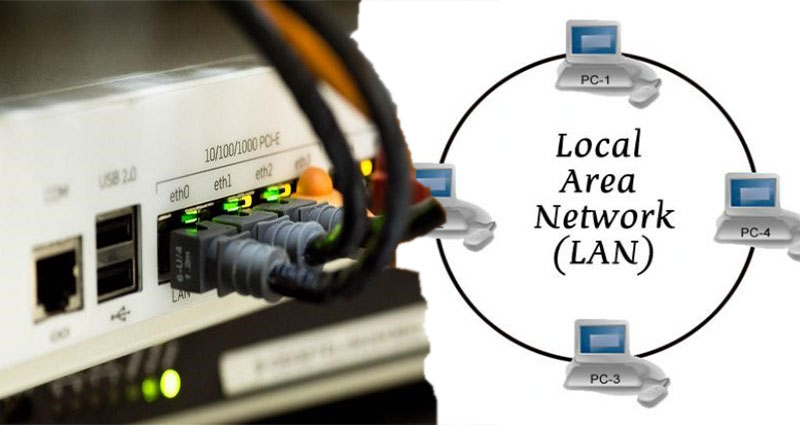Local Area Network Example
Choosing the right type of topology for a local area network depends on its physical layout and connection methods. Here we will cover the various topologies of local area networks, their security measures, and some examples of local area networks. Ultimately, you should choose the type of network that best meets your needs. Listed below are some of the most common types of network topologies. Read on to find out which one would work best for you.
Connection methods used in a local area network
A Local Area Network, or LAN, is a group of connected computers in the same location. Each networked device can communicate with the rest of the network through Ethernet cables, Wi-Fi, or other media. In a LAN, only authorized devices may access the network. LANs were first used in the 1960s in colleges to catalog library collections, schedule classes, record student grades, and share equipment … Continue reading >>>








